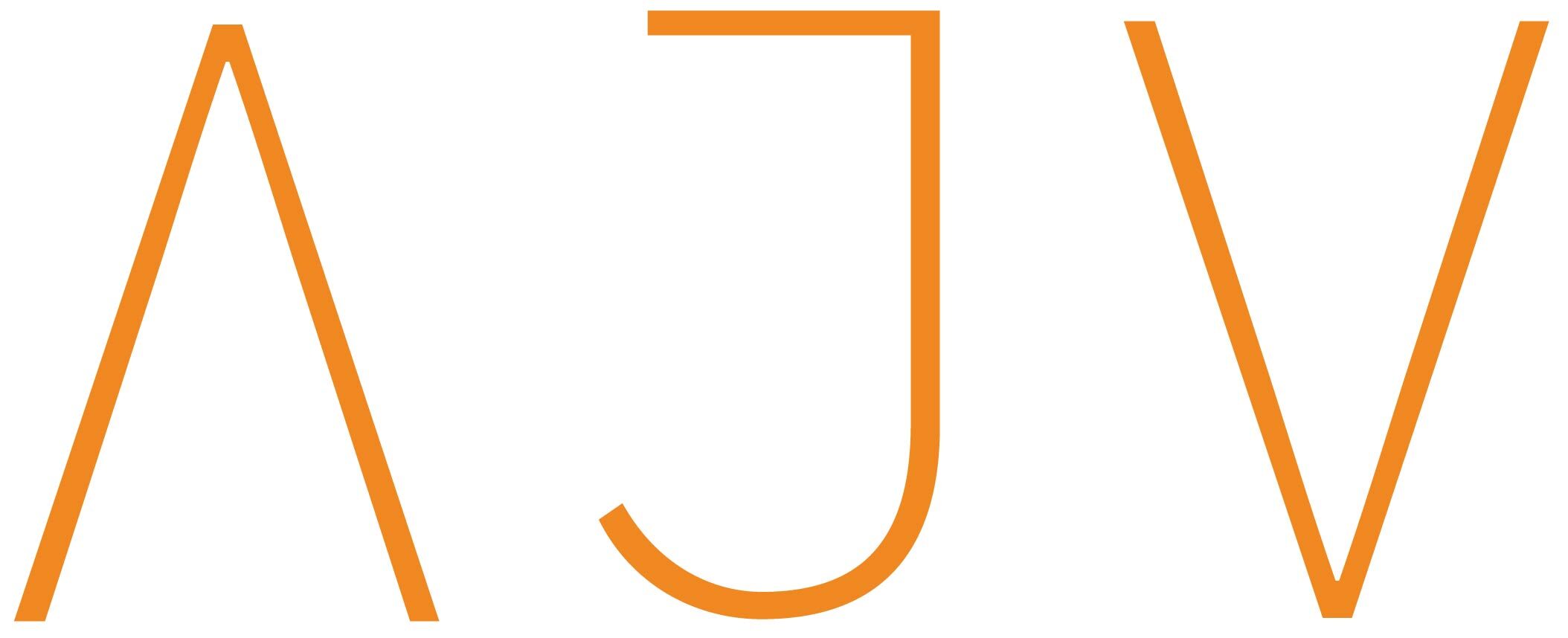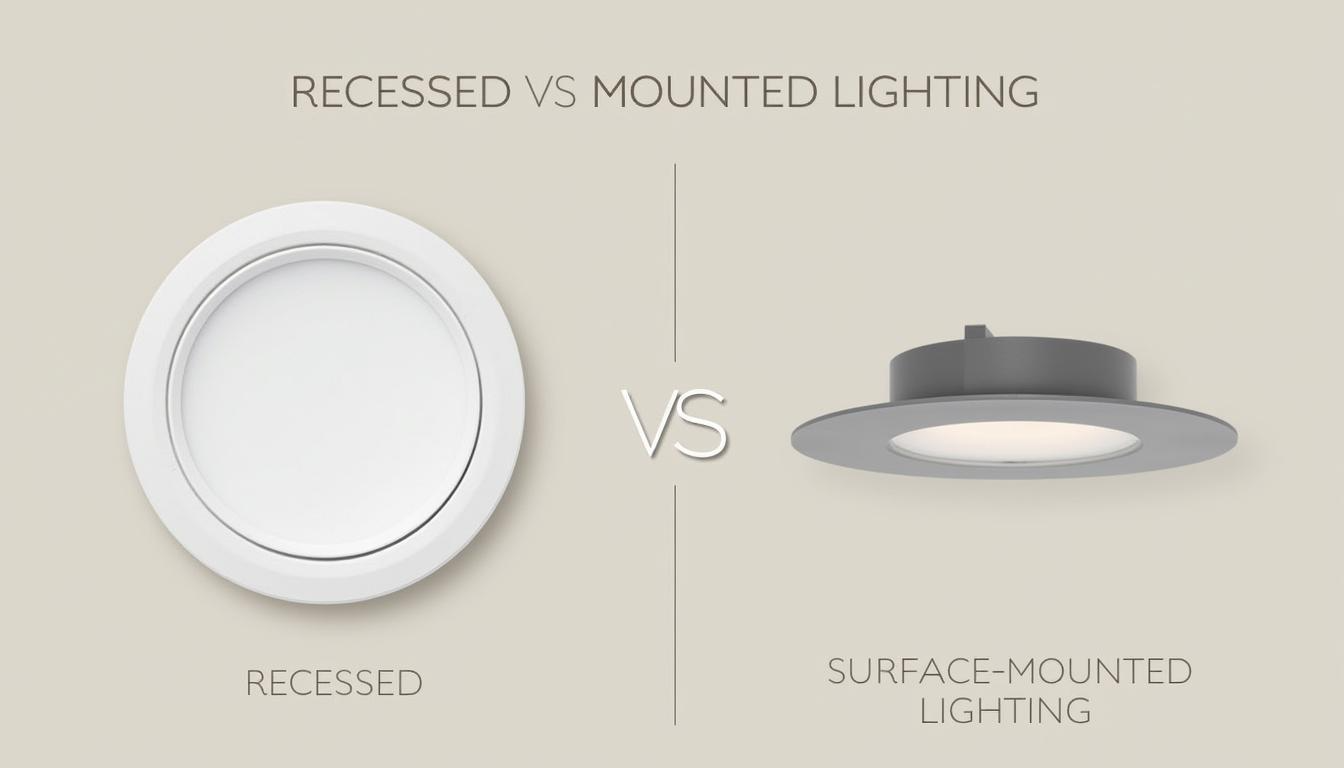What is recessed lighting?
Globally regarded as a go-to choice for minimalist interiors, recessed fixtures remain primarily hidden. In other words, the entire housing and electrical conduit are fixed in the ceiling cavity. Only the trim and bulb remain exposed, aligned with the ceiling’s surface level. Thanks to its unobtrusive design, the rooms get a polished, refined look.
Below are a few key features to note for this argumentative study of recessed vs surface-mounted lighting.
- Flush-mounted for a clean, seamless look.
- Perfect for low ceilings and modern interiors.
- Housing is completely embedded in the ceiling cavity.
- Requires precision in wiring and placement.
Advantages of recessed lighting
- The sleek design imparts a clean, modular appearance while maintaining the minimalist décor statement.
- Thanks to the unobtrusive design, physical space occupancy is almost negligible.
- Recessed lights are known for their uniform illumination with no harsh shadows.
- Strategic placements will help highlight specific features or architectural details.
- A few models come with directional trims to create a focused illumination.
- The design is suitable for ceilings with low height or less space for fixture accommodation.
- These exhibit excellent compatibility with LED lights for an energy-efficient setup.
Disadvantages of recessed lighting
- Installation costs are significantly high due to special fixture requirements.
- Most models can accommodate a specific bulb size, thereby limiting versatile usage.
- The ceiling needs to be cut for structural modifications, which can be cumbersome.
- Repairing or replacing damaged fixtures is effort-consuming due to exposed lighting.
- Non-LED setups will generate excessive heat, which further calls for insulation.
What is surface-mounted lighting?
Sometimes, the ceiling’s depth is too shallow to embed the housing and wires. In such cases, going with a surface-mounted lighting system solves all the problems at once. As the name implies, here, the fixture is installed directly on the surface, thereby minimising the need for structural alterations.
The trim and bulb aren’t aligned with the ceiling’s surface. Instead, they protrude out, unlike in recessed lighting. To help you understand further, we have briefed some of its key features.
- Perfect for retrofitting or renovating
- Doesn’t require too much ceiling depth
- Mounted right beneath the wall or ceiling surface
- Abundant designs and styles are available
- No structural alterations will be necessary
Pros of surface-mounted lighting
- If you are looking for faster installations with minimal effort, surface-mounted lighting is your go-to option.
- The fixtures are available in various sizes, shapes, and designs. Hence, you will get something to match your interior’s aesthetics.
- In terms of affordability for recessed vs surface-mounted lighting, the latter is the winner. Installation or fixture purchase costs are significantly lower.
- These setups are easily accessible, making maintenance, cleaning, or bulb replacement hassle-free.
- It’s an ideal solution for retrofitting, where older fixtures need to be replaced with new ones.
Cons of surface-mounted lighting
- Their bulky appearance makes them instantly noticeable, which might not fit a minimalist décor theme.
- Due to their obtrusive structure, they can cast sharp shadows, the size of which will depend on the fixture.
- Most models do not distribute light evenly in the room, unlike recessed lights.
Key differences between recessed and surface-mounted lighting
| Features | Recessed | Surface-mounted |
| Aesthetics | Blends into the ceiling with a sleek, minimalist appearance | Becomes a part of the room décor due to the prominent structure |
| Installation | Needs a ceiling cut to accommodate housing | Can be installed directly on the ceiling’s surface |
| Cost (fixed and variable) | Higher, due to labour and efforts | Lower installation and upfront costs |
| Light distribution | Evenly distributes illuminations with no dark shadows | Non-uniform light distribution, with a chance of shadow formation |
| Fixture compatibility | Limited to specific trim sizes and bulb types | Compatible with most trims and bulbs |
| Structural alterations | Necessary to fit in the housing | Not required |
Installation requirements for recessed vs surface fixtures
| Requirements | Recessed | Surface-mounted |
| Structural needs | Requires a ceiling cavity to accommodate housing | Can be mounted directly on the surface |
| Electrical access | Wiring needs to run from inside the ceiling | Usually exposed; doesn’t require invasions |
| Insulation concerns | Might require insulation-rated housing | Can work without putting in too much attention to the insulations |
| Ceiling depth | Requires a minimum surface depth of 4 to 6 inches | Ideal for shallow ceiling depths |
| Building codes | Needs to comply with insulation, fire ratings, and housing | Simpler compliances |
| Retrofit feasibility | More challenging in finished ceilings | Easier to install in existing structures |
Energy efficiency and light output comparison
In this recessed vs surface-mounted lighting study, knowing the energy requirements will make decision-making easier. Both setups are compatible with LED bulbs, meaning you can have an eco-friendly lighting system for your house.
The following are the considerations to make while choosing.
- Typical lumen output: Both systems can accommodate bulbs with a lumen output ranging between 800 and 1600.
- Bulb types: For recessed setups, reflector or speciality bulbs are more feasible. On the contrary, surface-mounted fixtures are compatible with most bulb types available on the market.
- Wattage: Go for LED bulbs having a power rating of 8 to 15 watts.
- Heat generation: Using LED bulbs will minimise heat emission. However, recessed setups will require proper ventilation.
Aesthetics and design considerations
There’s no doubt that the lighting style will influence the look and feel of the space. Recessed setups impart a minimalist look, making the rooms appear larger and ceilings higher. On the other hand, surface-mounted lighting becomes a décor element. It adds a character to the aesthetics.
- As recessed lights are embedded into the ceiling cavity with only the trim and bulb visible, they cast a sense of openness.
- From reflector to baffle, you can opt for different fixture styles for recessed lighting. This will help you customise the setups to match the aesthetics.
- Surface-mounted lights act as focal points by becoming a part of the décor.
- Surface-mounted lights usually come in various shapes and sizes, which makes them suitable for decorative interiors.
Best use cases of each type
If you want recessed lighting, here are the ideal applications, given their unobtrusive and seamless looks.
- Open-plan living areas and kitchens
- Highlighting architectural details and features
- Rooms with low ceilings to prevent a cluttered look
- Hallways and bathrooms for a minimalist appearance
- In commercial areas, retail stores and galleries require focused lighting
On the contrary, surface-mounted lighting brings its versatility to the table. That’s why it’s application areas are diverse, as in.
- Retrofitting in older homes without ceiling cavities
- Utility rooms and basements have shallow ceiling depths
- Commercial corridors and stairways for easy maintenance
- Foyers or bedrooms for decorative accent lighting
- Retail stores where a simple replacement is required
Cost comparison: Upfront and lifetime
Below, we have presented a complete cost breakdown to help you understand recessed vs surface-mounted lighting.
- Upfront costs: This will be much higher for recessed lights since the fixtures are pretty expensive. To top it off, the labour costs for installation will be high.
- Installation: As ceilings will require structural modifications, recessed lighting will incur higher charges. On the other hand, installing surface-mounted lights is comparatively cheaper, thanks to their plug-and-play designs.
- Lifetime expenses: Difficult maintenance and replacement incur heavy costs for recessed lighting. On the contrary, you can clean the surface-mounted lights yourself without having to call for a professional.
How to choose between recessed and surface-mounted lighting?
Although we have elaborated on recessed vs surface-mounted lighting, decision-making won’t be easy. So, here’s a brief checklist for you.
- Ceiling depth: Choose recessed lights, provided your ceiling has a minimum depth of 4 to 6 inches.
- Budget: For a lower budget, go with surface-mounted lights as they are more cost-effective.
- Aesthetic goals: If you want to add decorative accents, surface-mounted fixtures will be a tangible choice. On the other hand, for a sleek, minimalist appearance, recessed fixtures are great.
- Retrofitting: If cutting through the ceiling isn’t feasible, opt for the plug-and-play surface-mounted lights as they won’t need any structural modifications.
- Lighting quality: For task lighting in focused areas, recessed fixtures are ideal. However, for broad, ambient lighting, surface-mounted lighting will be better.
Installation and maintenance tips
- The power needs to be shut off before installation or maintenance to avoid any type of electrical accident.
- If you are installing recessed lighting, always go for IC-rated housing near insulation.
- For cleaning, use a dry or slightly damp cloth. Do not forget to switch off the lights.
- While replacing the bulb for a surface-mounted lighting fixture, turn off the power beforehand and allow it to cool down.
- LED retrofit kits can help you improve efficiency for older recessed cans.
- For recessed housing, ensure your ceiling has enough cavity space for ventilation. This will prevent the housing from being overheated.
- Double-check the mounts for both to ensure there are no loosening or sagging issues.
FAQs
Is recessed lighting more energy efficient than surface fixtures?
If the recessed lighting is compatible with LED bulbs, it will become energy-efficient.
Can I install recessed lights in a low‑ceiling room?
The ceiling cavity space needs to be at least 4 to 6 inches deep to accommodate the housing and wiring of the recessed lighting. Otherwise, you can go for the surface-mounted lights.
What is the recommended ceiling height for recessed lighting?
The recommended ceiling height for installing recessed fixtures is 4 to 6 inches.
Are surface-mounted lights easier to replace?
As the entire housing and wiring are installed outside the ceiling cavity, they are easy to access. Hence, replacing surface-mounted lights will be hassle-free.
Do recessed lights create drafts or gaps in insulation?
Sometimes, the recessed lights can cause gaps or drafts in insulation.

